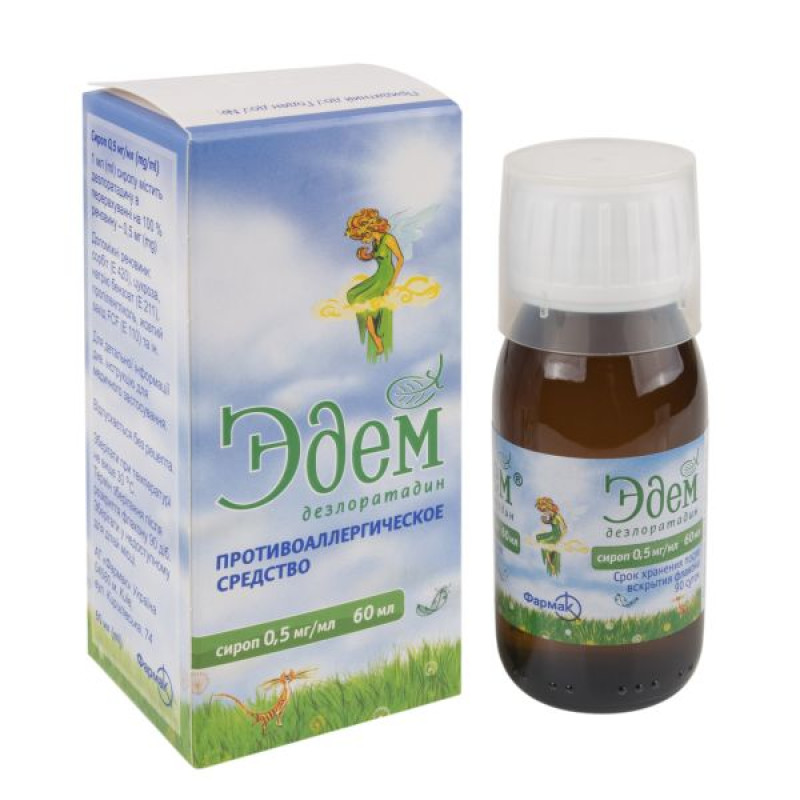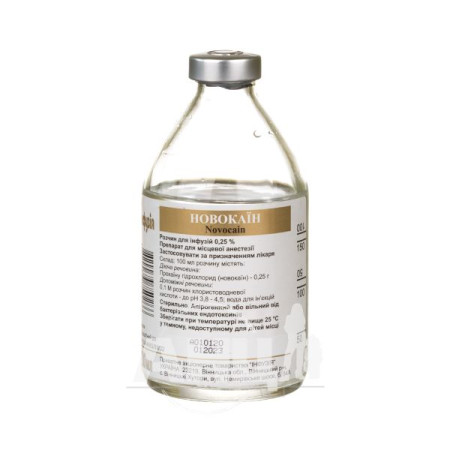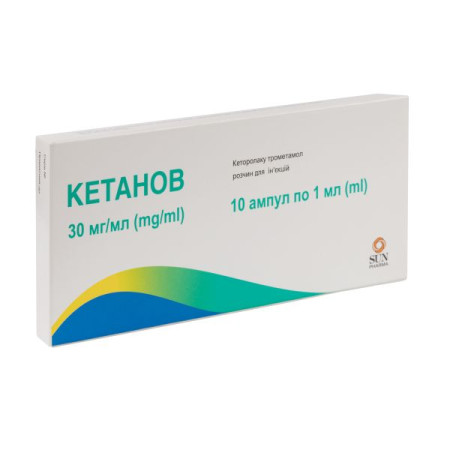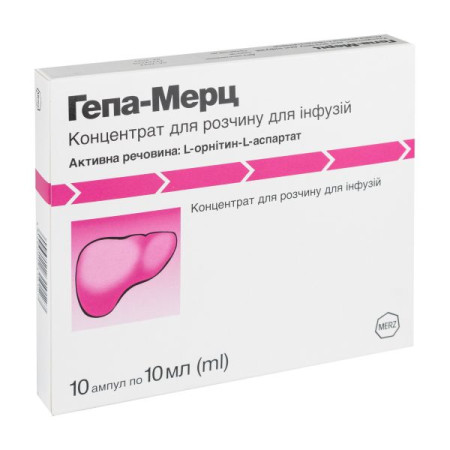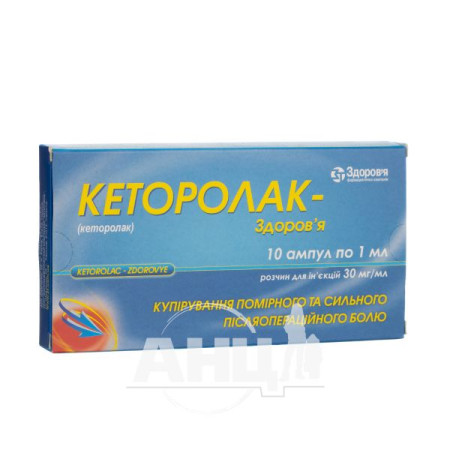Edem syrup 0.5 mg/ml bottle 60 ml
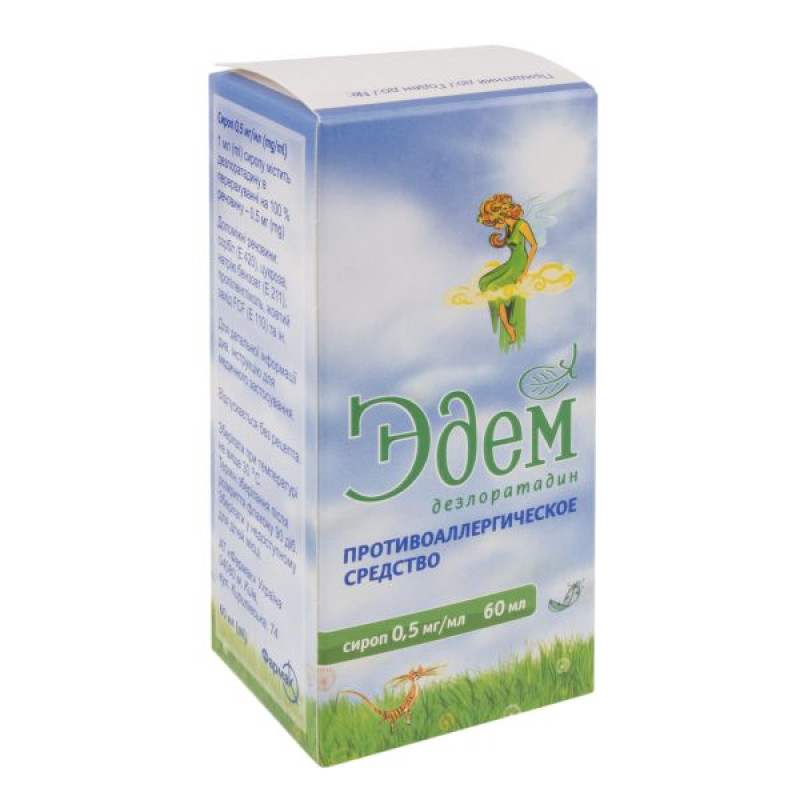
Instructions for use: Edem syrup 0.5 mg/ml bottle 60 ml
Composition
active ingredient: desloratadine;
1 ml of syrup contains desloratadine in terms of 100% substance 0.5 mg;
excipients: sorbitol (E 420); sucrose; sodium hydrogen phosphate dodecahydrate; sodium benzoate (E 211); disodium edetate; propylene glycol; citric acid, monohydrate; sunset yellow FCF (E 110); purified water.
Dosage form
Syrup.
Main physicochemical properties: transparent viscous liquid of orange color.
Pharmacotherapeutic group
Antihistamines for systemic use.
ATX code R06A X27.
Pharmacological properties
Pharmacodynamics
Desloratadine is a potent, selective, non-sedating peripheral histamine H1 receptor blocker. Desloratadine is the primary active metabolite of loratadine.
After oral administration, Edem® selectively blocks peripheral H1-histamine receptors, as the drug almost does not penetrate the blood-brain barrier.
Numerous studies have shown that in addition to its antihistamine activity, Edem® has demonstrated its anti-allergic and anti-inflammatory properties. It has been established that Edem® inhibits the cascade of various reactions that underlie allergic inflammation, namely:
release of pro-inflammatory cytokines, including IL-4, IL-6, IL-8, IL-13;
release of pro-inflammatory chemokines such as RANTES;
production of superoxide anion by activated polymorphonuclear neutrophils;
adhesion and chemotaxis of eosinophils;
expression of adhesion molecules such as P-selectin;
IgE-dependent release of histamine, prostaglandin D2, and leukotriene C4;
acute allergic bronchospasm and allergic cough in animal studies.
The safety of Edem® in children has been demonstrated in 3 clinical studies. The drug was administered to children aged 6 months to 11 years who required antihistamine therapy at a daily dose of 1 mg (age group 6 to 11 months), 1.25 mg (age group 1 to 5 years) or 2.5 mg (age group 6 to 11 years). The treatment was well tolerated, as confirmed by the results of clinical laboratory tests, vital signs and ECG data (including QT interval).
During clinical studies, daily use of Edem® at a dose of up to 20 mg for 14 days was not accompanied by statistically clinically significant changes in the cardiovascular system. In a clinical pharmacology study, the use of Edem® 45 mg/day (9 times the therapeutic dose) for 10 days did not cause prolongation of the QT interval.
Desloratadine almost does not penetrate the blood-brain barrier. When using the recommended dose of 5 mg, the frequency of drowsiness did not exceed that in the placebo group. In clinical studies, Edem® did not affect psychomotor functions when taking a dose of up to 7.5 mg.
In addition to the conventional division of allergic rhinitis into seasonal and perennial, allergic rhinitis can also be alternatively classified into intermittent and persistent based on the duration of symptoms. Intermittent allergic rhinitis is defined as the presence of symptoms for less than 4 days per week or for less than 4 weeks. In the case of persistent allergic rhinitis, symptoms are observed for 4 days or more per week or for a period exceeding 4 weeks.
The clinical efficacy of Edem® in the treatment of seasonal allergic rhinitis was demonstrated in four placebo-controlled, multiple-dose clinical trials.
In patients with allergic rhinitis, Edem® effectively eliminated the following symptoms: sneezing, nasal discharge and itching, as well as eye irritation, tearing and redness, and itching of the palate.
Pharmacokinetics
Desloratadine begins to be detected in plasma within 30 minutes after taking the drug. The drug Edem® effectively controls symptoms for 24 hours. Desloratadine is well absorbed. The maximum concentration of desloratadine in plasma Cmax is achieved on average after 3 hours, the half-life is on average 27 hours. The degree of cumulation of desloratadine corresponds to its half-life (approximately 27 hours) and the number of applications (1 time per day). The bioavailability of desloratadine was proportional to the dose in the range from 5 to 20 mg.
Desloratadine is moderately (83–87%) bound to plasma proteins. When desloratadine was administered at a dose of 5 to 20 mg once daily for 14 days, no evidence of clinically significant drug accumulation was observed.
Poor metabolism of desloratadine was observed in approximately 8% of subjects, who had significantly increased plasma levels and prolonged half-life. The prevalence of poor metabolism may be related to race. This finding is considered clinically irrelevant.
When conducting cross-comparative studies with the same dose of the drug, bioequivalence of the drug in the form of tablets and syrup was revealed.
The results of the studies showed that desloratadine does not inhibit CYP3A4 or CYP2D6 and is neither a substrate nor an inhibitor of P-glycoprotein.
Indication
To relieve symptoms associated with allergic rhinitis, such as sneezing, nasal discharge, itching, swelling and nasal congestion, as well as itching and redness of the eyes, tearing, itching of the palate and cough.
To relieve symptoms associated with hives, such as itching and rash.
Contraindication
Hypersensitivity to desloratadine, to any auxiliary component of the drug or to loratadine.
Interaction with other medicinal products and other types of interactions
No clinically significant changes in plasma concentrations of desloratadine were observed with repeated concomitant use with ketoconazole, erythromycin, azithromycin, fluoxetine, or cimetidine. Since the enzyme responsible for the metabolism of desloratadine has not been identified, interactions with other drugs cannot be completely excluded.
Food (fatty high-calorie breakfast) or grapefruit juice do not affect the distribution of desloratadine.
Impact on laboratory test results
The use of Edem® should be discontinued approximately 48 hours before skin testing, as antihistamines may prevent or reduce the manifestation of positive dermatological reactions to irritants.
Application features
In clinical and pharmacological studies, Edem® did not potentiate the following effects of alcohol: impaired psychomotor function and drowsiness. The results of psychomotor tests did not differ significantly in patients who used Edem® and patients who took placebo, alone or together with alcohol.
In patients with severe renal insufficiency, Edem® should be taken under the supervision of a physician. The drug contains sorbitol, so it should not be used in patients with congenital fructose intolerance.
Desloratadine should be used with caution in patients with a history of seizures. Children may be more susceptible to developing a new seizure during treatment with desloratadine. The physician should consider discontinuing desloratadine in patients who experience a seizure while taking the drug.
The drug contains sodium compounds, which should be taken into account by patients on a controlled sodium diet.
Use during pregnancy or breastfeeding
The safety of Edem® for use in pregnant women has not been established, therefore it is not recommended for use during pregnancy.
Desloratadine passes into breast milk, so Edem® is not recommended for use by breastfeeding women.
Ability to influence reaction speed when driving vehicles or other mechanisms
Patients should be informed that in very rare cases drowsiness may occur, which may affect their ability to drive and use machines.
Method of administration and doses
The drug is taken orally, regardless of food intake.
Children:
aged 6 to 11 months: 2 ml of syrup (1 mg of desloratadine) once a day;
aged 1 to 5 years: 2.5 ml of syrup (1.25 mg of desloratadine) once a day;
aged 6 to 11 years: 5 ml of syrup (2.5 mg of desloratadine) once a day.
Adults and adolescents aged 12 years and over: 10 ml of syrup (5 mg desloratadine) once a day.
For dosing the drug, it is recommended to use dosing devices with appropriate divisions.
The duration of treatment depends on the severity and course of the disease.
Treatment of intermittent allergic rhinitis (presence of symptoms less than 4 days a week or less than 4 weeks) should be carried out taking into account the anamnesis: stop after the disappearance of symptoms and resume after their reappearance. In persistent allergic rhinitis (presence of symptoms more than 4 days a week or more than 4 weeks), treatment should be continued throughout the entire period of contact with the allergen.
Children
The efficacy and safety of Edem ® syrup in children under 6 months of age have not been established. The drug is not recommended for use in children under 6 months of age for the treatment of chronic idiopathic urticaria and in children under 12 months of age for the treatment of allergic rhinitis.
Overdose
In case of overdose, standard measures are taken to remove unabsorbed active substance, and symptomatic treatment is used.
When desloratadine was used in doses up to 45 mg (9 times the recommended dose) in clinical studies in adults and adolescents, no clinically significant effects were observed.
Desloratadine is not removed by hemodialysis, and its removal by peritoneal dialysis has not been established.
Side effects
In clinical trials in indications including allergic rhinitis and chronic idiopathic urticaria, adverse events were reported 5% more frequently in patients receiving 5 mg daily than in patients receiving placebo. The most frequently reported adverse events compared to placebo were fatigue (1.2%), dry mouth (0.8%), and headache (0.6%). In clinical trials of Edem® in children aged 2 to 11 years, the incidence of adverse reactions was similar in both the syrup and placebo groups. In children aged 6 to 23 months, the most frequent adverse events (compared to placebo) were diarrhea (3.7%), fever (2.3%), and insomnia (2.3%).
There is a risk of psychomotor hyperactivity (abnormal behavior) associated with the use of desloratadine (which may manifest as anger and aggression, as well as agitation).
In the post-marketing period, the following events were observed (frequency unknown): QT prolongation, arrhythmia and bradycardia.
Other side effects that have been reported very rarely during the post-marketing period are listed in the table below.
| Organ classes/systems | Adverse reactions |
| From the psyche | hallucinations, depressed mood |
| From the nervous system | dizziness, drowsiness, psychomotor hyperactivity, convulsions |
| From the heart | tachycardia, palpitations, QT prolongation, supraventricular tachyarrhythmia |
| From the organs of vision | dry eyes |
| Gastrointestinal tract | abdominal pain, nausea, vomiting, dyspepsia |
| Hepatobiliary system | increased liver enzymes, increased bilirubin, hepatitis, jaundice |
| Musculoskeletal and connective tissue disorders | myalgia |
| Skin and subcutaneous tissue disorders | photosensitivity |
| General violations | hypersensitivity reactions (anaphylaxis, angioedema, shortness of breath, itching, rash, urticaria) |
Desloratadine has little or no penetration into the central nervous system. When used at the recommended adult dose of 5 mg, there was no increase in the incidence of drowsiness compared to placebo. In clinical studies, Edem® at a single daily dose of 7.5 mg did not affect psychomotor activity.
Expiration date
2 years.
The shelf life after opening the bottle is 90 days.
Do not use the drug after the expiration date indicated on the package.
Storage conditions
At a temperature not exceeding 30 ° C. Keep out of the reach of children.
Packaging
60 ml or 100 ml in a brown glass bottle with a screw neck, sealed with a screw cap with a tamper-evident ring or a screw-on cap with tamper-evident first opening control. 1 bottle with a dosing spoon or a dosing cup in a cardboard box.
Vacation category
Without a prescription.
Producer
JSC "Farmak".
Address
Ukraine, 04080, Kyiv, Kyrylivska St., 74.
There are no reviews for this product.
There are no reviews for this product, be the first to leave your review.
No questions about this product, be the first and ask your question.








